People trust other people. That’s why a friend’s review, a customer’s photo, or a tagged video on TikTok will almost always drive more action than the most polished ad campaign.
That’s where user-generated content (UGC) comes in. UGC is just that: content from your real customers. Just actual people using, styling, or visiting your brand in real life.
Businesses of all shapes and sizes are starting to turn to UGC as a way to build credibility and connection. It’s the new go-to for brands like Aspen Dental, Native, IKEA, Coca-Cola, and many more.
They’re not relying on celebrity endorsements or flashy ad buys, they’re putting the spotlight on their customers.
Here’s what you need to know about what UGC looks like, see how brands with big followings are leveraging it, and how your business, big or small, can use the same tactics.
What Is UGC (and What It’s Not)
UGC includes photos, videos, reviews, tagged posts, and even comments shared by real customers or fans. This content doesn’t come from paid influencers or brand partners, and it’s posted by people who felt like sharing their experience.
UGC shows up in lots of formats:
- An Instagram Story showing how a customer styled their new IKEA shelf
- A TikTok video unboxing a skincare product
- A Google Review with a five-star rating and a photo of the final result
- A reposted post-purchase tweet with a clever caption
Now, let’s clear something up: UGC is not the same as influencer marketing.
UGC
Created by customers
Organic or lightly incentivized
Often unpolished and spontaneous
Influencer Marketing
Created by paid partners
Contract-based, with brand oversight
Planned, styled, and edited
UGC feels like a recommendation from a friend. It speaks the same language your audience does. That’s why it works, people recognize themselves in the content, not a corporate pitch.
Who’s Doing UGC Right (Case Studies)

Aspen Dental: Trust Starts with the Story
Aspen Dental runs thousands of ads across Facebook, Google, and TikTok, but their best-performing creative doesn’t come from a studio. It comes from their patients.Their video ads often open with a mirror. A person looks at their reflection, pauses, and begins to speak without sounding like an actor. They sound like someone working through nerves, telling the truth, and feeling proud. That kind of storytelling works. It invites potential patients to see themselves in the process.
These stories cover everything from dental implants to clear aligners, and they speak to common questions: What does it cost? Will it hurt? Can I trust the clinic? Aspen answers those questions without hard selling. Their UGC-style content uses real patient voices to show what care looks like when it’s personalized.Even though Aspen has a massive budget, they don’t rely on big productions. Their ad library is packed with formats: cinematic-style brand videos, staff intros, testimonial reels, and yes, before-and-after content. But instead of side-by-side stills, they often build those moments into videos. One second you're hearing a patient's story, the next you're seeing the smile that came out of it.
Behind the scenes, they're also careful to not have any Facebook lead forms or HIPAA slip-ups. Tracking is handled with privacy-first platforms, and everything is structured to protect patient data.

Native: Backed by People
Native built a name in personal care through simplicity, and their ad strategy follows the same approach. They use customer selfies, review screenshots, and home-shot videos from their customers and their campaigns are structured around performance, and it shows. A case study found that using UGC cut Native’s cost-per-thousand impressions by 63%. That’s a big lift for a brand already focused on smart spend. For more strategies on optimizing your ad spend, read our insights on How to Stop Wasting Money on Bad Meta Ads.
Scroll through their paid social and you’ll find posts that look like something a friend would share: someone holding up a stick of deodorant, a quick review captioned with “this stuff actually works,” or a TikTok-style video walking through a morning routine.What makes Native’s approach work is consistency. They test constantly, headlines, video lengths, text overlays, visuals, and focus on what makes someone stop scrolling.
Native’s approach proved that customer content performs well without heavy production. It needs clarity, relatability, and the kind of vibe that makes people pause mid-scroll.

IKEA: Home Is the Hero
IKEA wanted to spark more conversation between shoppers, not just between shoppers and the brand. The result? A campaign called #IKEAAtMine, inviting people to post how their homes looked with IKEA products in them.
No showrooms. No stage lighting. Just regular rooms filled with personality, plants, pets, and soft lighting. The hashtag took off, creating a chain reaction of customers posting, sharing, and interacting.
The payoff was immediate:
The campaign turned customers into creators and homes into billboards.

Coca-Cola: Make It Personal
The “Share A Coke” campaign started in Australia with a simple idea: print common first names on Coke bottles. People spotted their name (or a friend’s) and shared photos of the bottle online. The campaign expanded to 80 countries, keeping the same formula: make people feel seen, and they’ll share the moment.
The outcomes were measurable:
By placing the spotlight on individual identities, Coca-Cola built a global movement around a single, personalized moment. For another look at how brands achieve iconic status, consider reading The Holy Grail of Branding.
How to Start a UGC Strategy (Even Without a Marketing Department)
You don’t need a campaign budget or an in-house content team to start collecting user-generated content. You need a clear ask, a visible platform, and a few nudges that make it easy for customers to contribute.

A. Give People a Reason to Share
Customers often want to share what they’ve bought or experienced, they just need a small nudge. Make it easy by asking at natural points in their journey:
- In a post-purchase email: “Show us how you’re using it, tag us @yourbrand.”
- On packaging inserts: “Want to be featured? Snap a pic and share it with [#YourBrandHere].”
- In-store signage or thank-you cards: “We love seeing our stuff in your world.”
These simple messages create space for participation without pressure.
B. Make Your Brand Easy to Tag
Complicated usernames, long hashtags, or unclear instructions create friction. Keep things simple:
- Use one consistent hashtag for your brand or campaign
- Stick to short, clear tags like #IKEAAtMine, #ShareACoke, or #MyNativeRoutine
- Mention your handle in your bio, email footer, and even your checkout page
The goal: If someone has something to share, they shouldn’t have to search for where or how to do it.
C. Create a Place to Feature UGC
People are more likely to post when they know it might be featured. Give them that stage:
- Save a Stories highlight on Instagram where you feature customer posts
- Add a section in your email or newsletter that shows how people are using your product
- Show real customer photos right on your product pages so shoppers can see how it looks in everyday life
This celebrates your customers and builds a sense of community around your brand.
D. Keep It Organized and Reusable
Don’t let great content sit in your DMs. Build a system to track and reuse UGC:
- Save posts in folders by product or theme
- Use tools like Later or Planoly to schedule reposts
- Drop top-performing UGC into ad creatives or landing pages
Make sure your best content doesn’t get buried.
E. Always Ask Before Reposting
A quick message like: “Hey! We love this photo. Mind if we share it on our feed with credit?” goes a long way.
You’ll get a better response rate when the ask feels personal and direct.

UGC Works Because It Feels Like the Truth
No scripted ad will ever hit as hard as someone sharing their experience without being asked. That’s the core of UGC. It feels honest because it is. It builds trust because it skips the polish. One tagged photo leads to another. One review turns into a conversation. Visibility grows when real people start showing up for your brand without needing an incentive.
If you’re ready to turn that momentum into a system, we’ll help you build it. Explore our services or book a consultation with our CEO Jose.
.png)


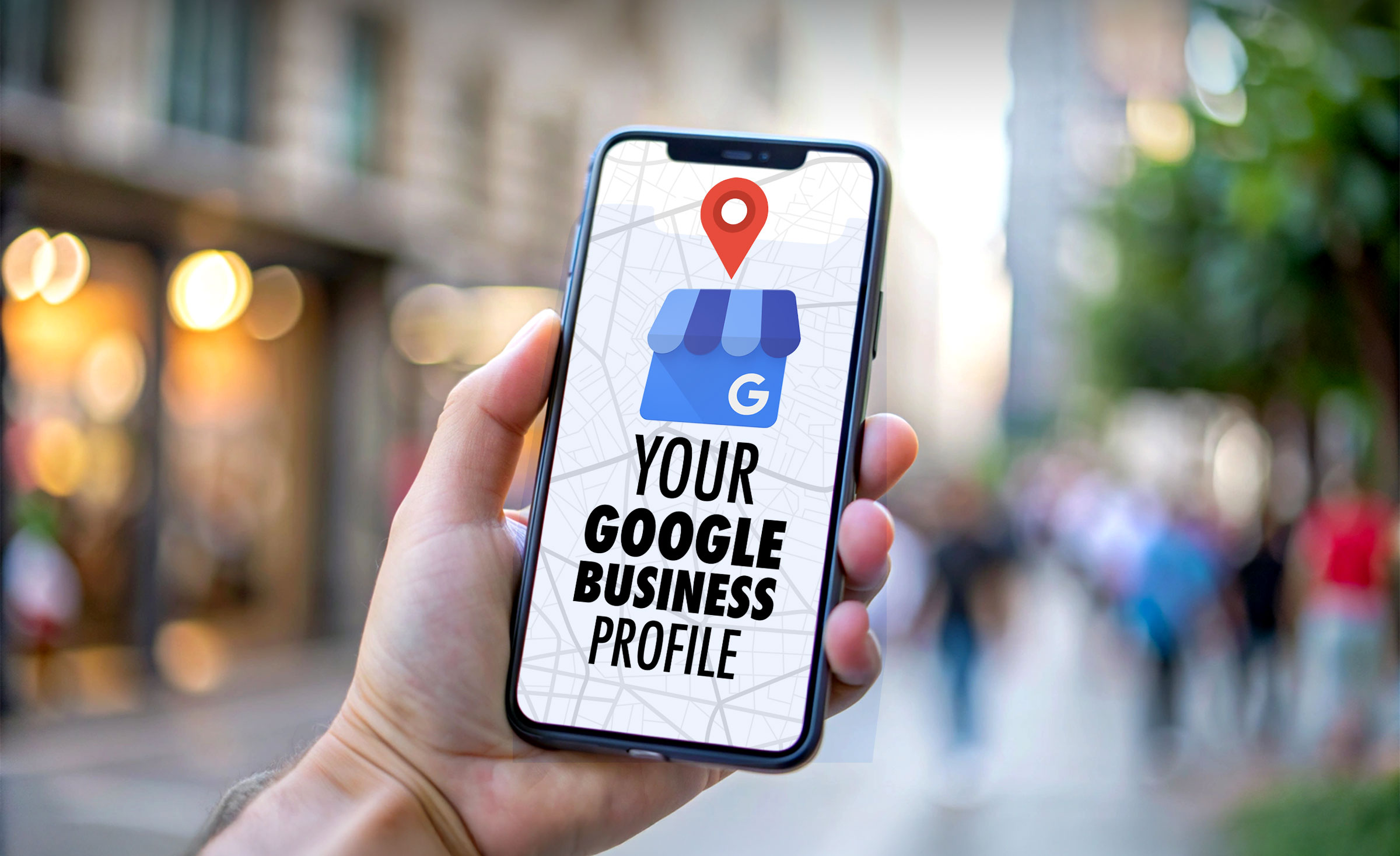


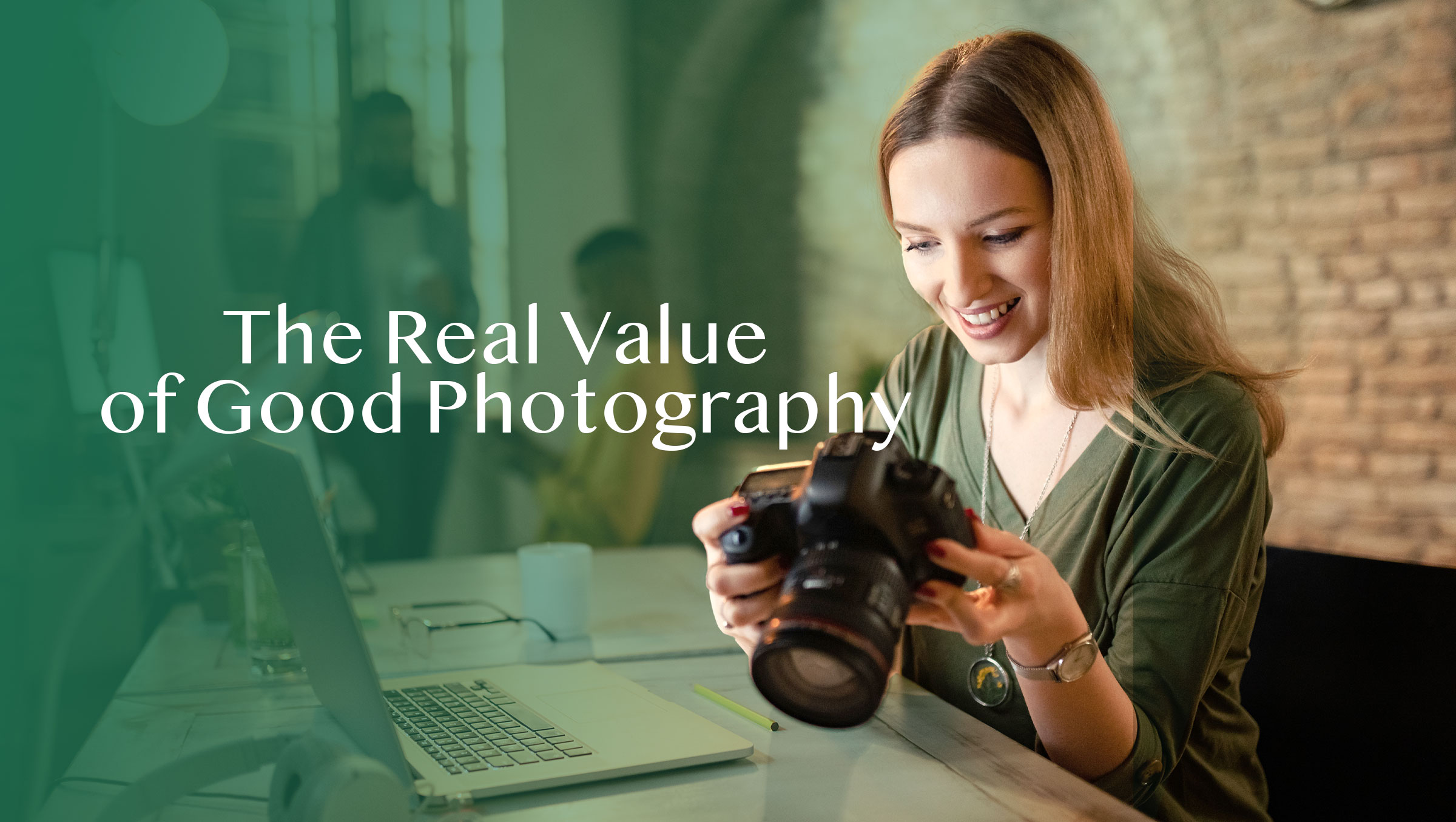

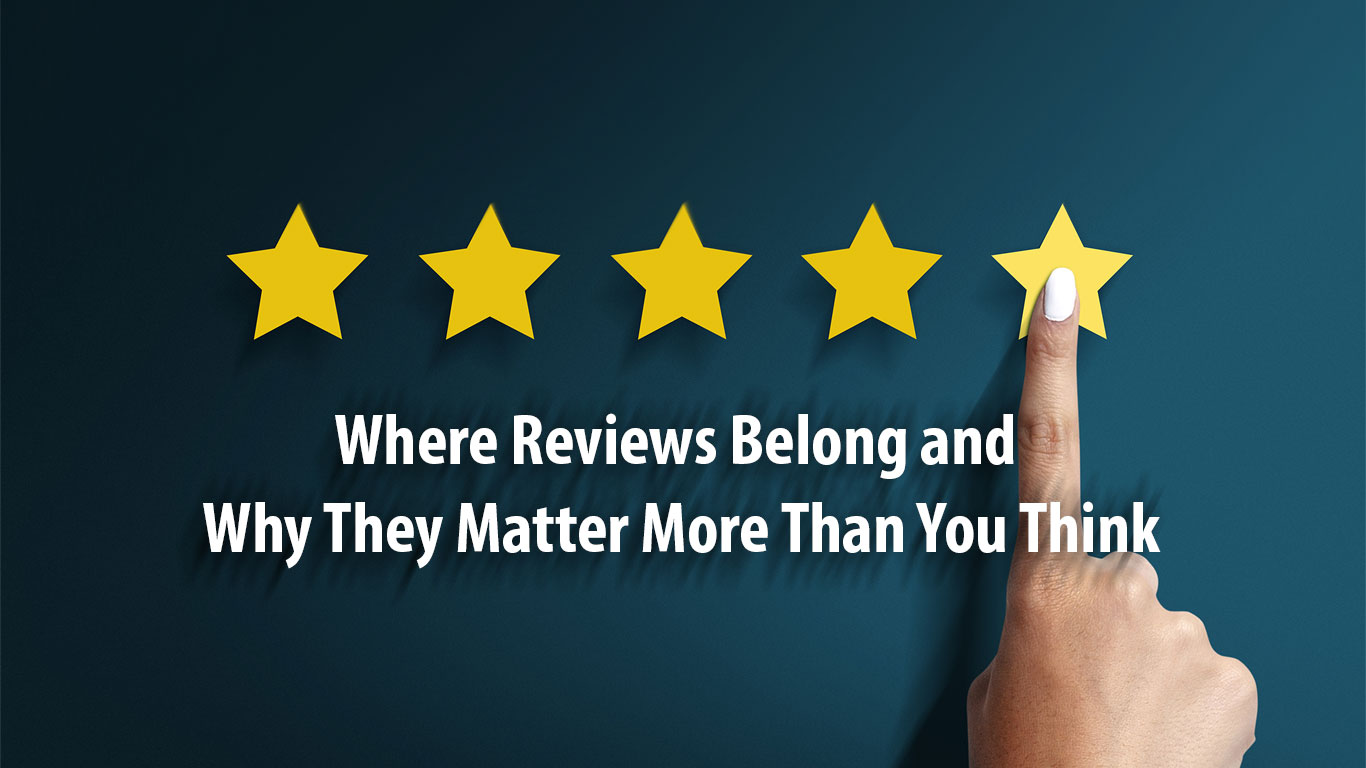

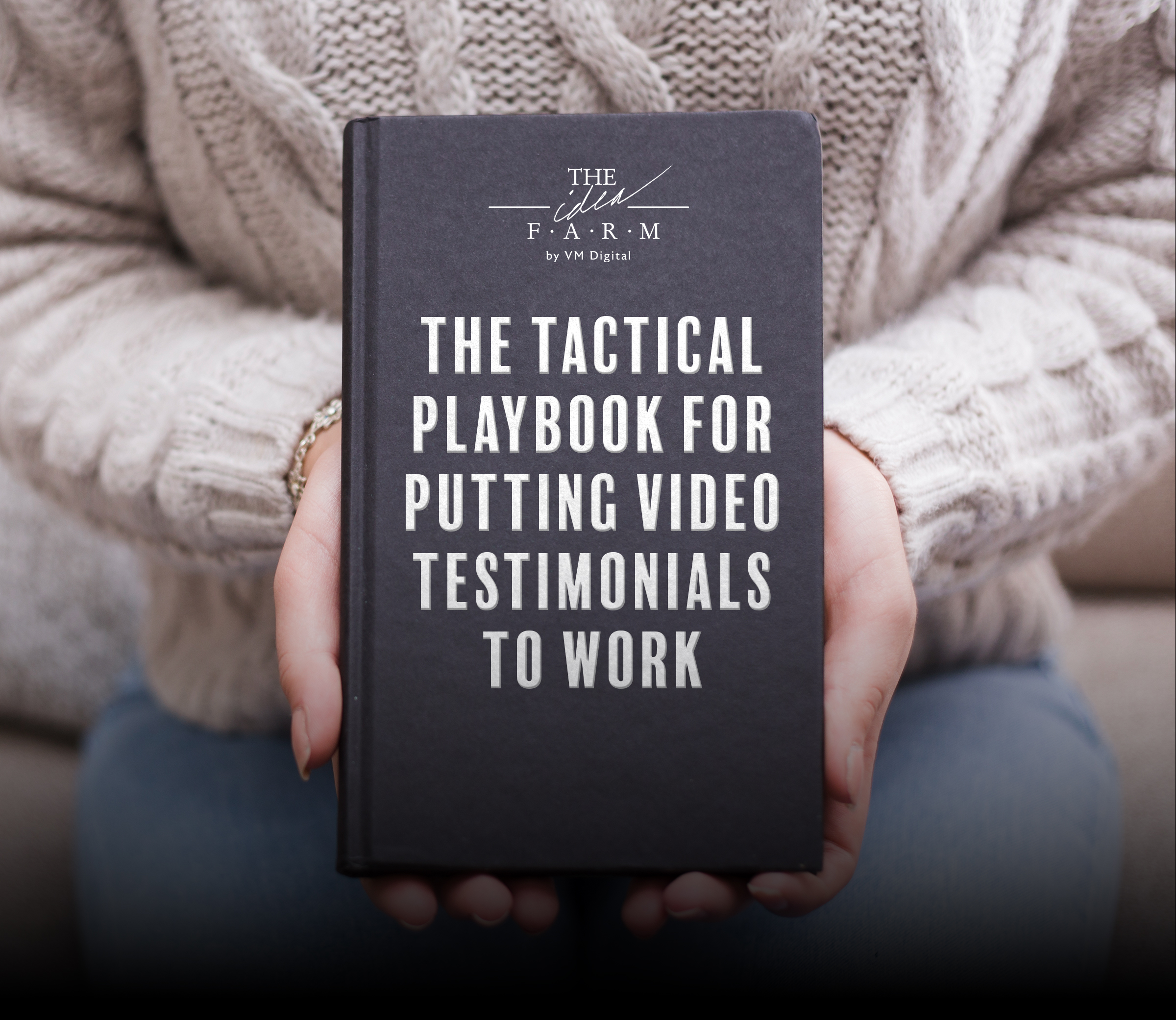

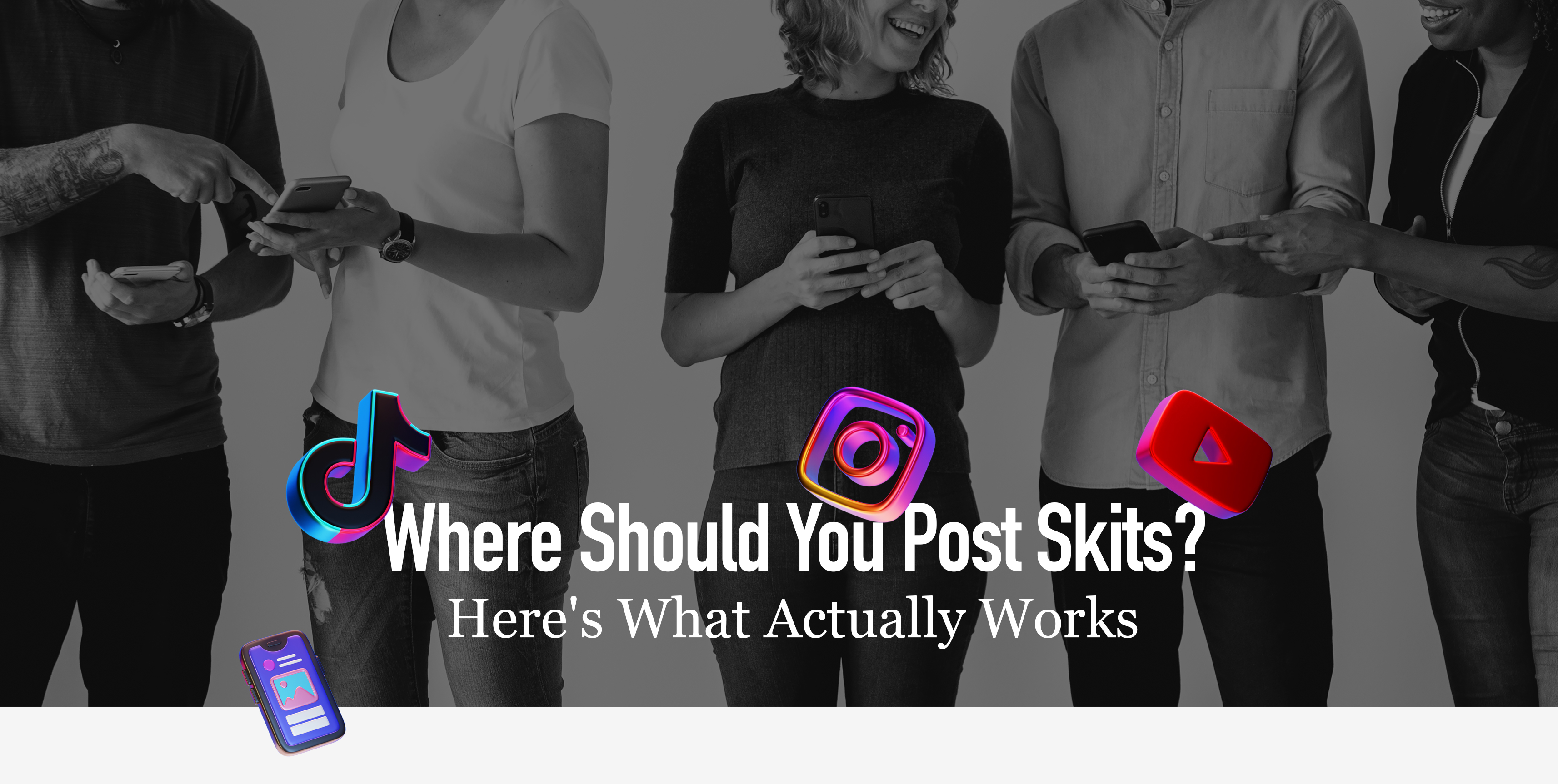
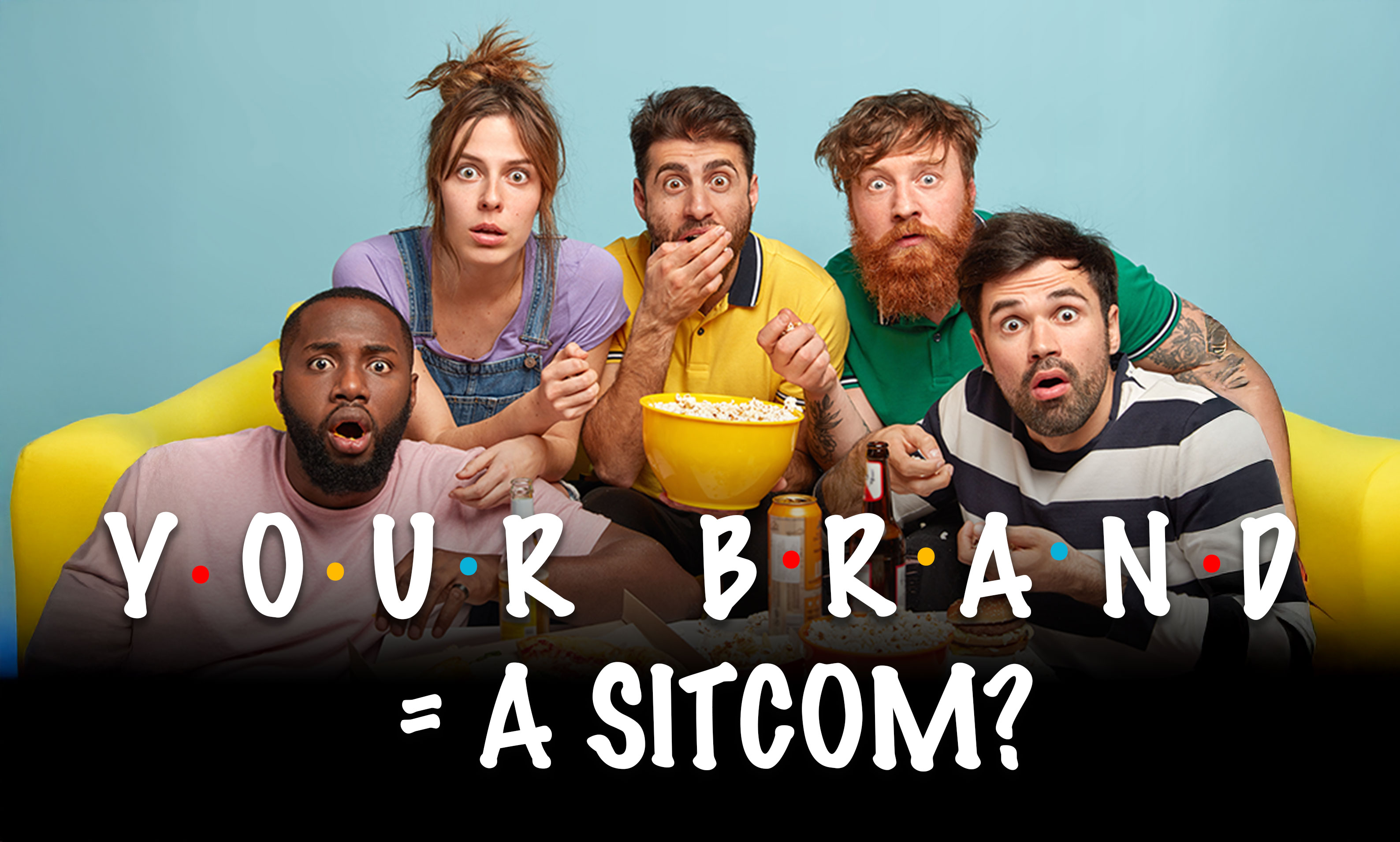























.svg)





.svg)